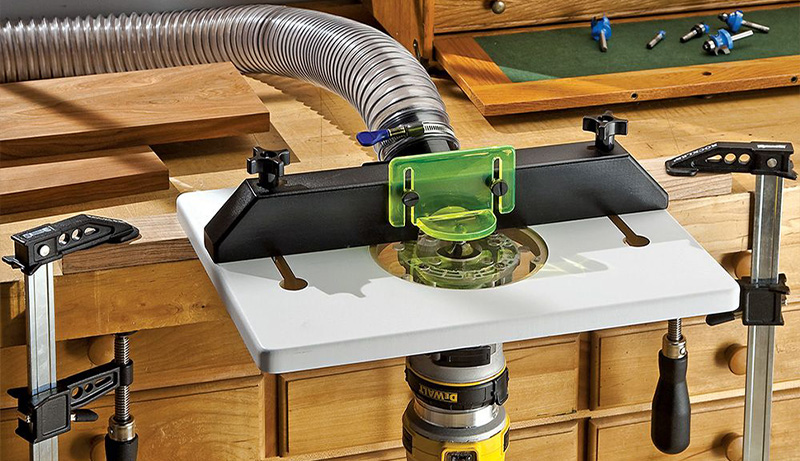Ready to experience the pulsating beat in your chest and the ground trembling beneath you? That’s precisely the sensation a quality subwoofer delivers!
But what happens when that commanding bass suddenly vanishes? It might be a sign that your reliable subwoofer has encountered a setback.
Fret not, we’re here for you. In this article, we embark on a journey of discovery, uncovering the unmistakable signals of a blown subwoofer and providing you with solutions to rectify the situation.
So, take a moment to relax as we delve into the world of subwoofer maintenance and restoration. Let’s prepare for an auditory adventure!
Detecting the Telltale Signs of a Blown Subwoofer
Much like identifying the scent of burnt electronics, recognizing a blown subwoofer involves noting various indicators: distortion, bass deficiency, buzzing or humming noise, among others. However, there are additional subtle cues to be aware of, helping you accurately diagnose a compromised subwoofer.
These signs encompass:
1. Reduced Bass and Volume Output:
A subwoofer’s primary purpose is to produce those low-frequency, heart-thumping beats. Should you detect a noticeable absence of bass or low-frequency sounds emanating from your subwoofer, it’s a potential indication of a blown unit. Similarly, a decrease in volume output might signal a compromised subwoofer.
2. Popping or Buzzing Noises:
Unwanted popping or crackling sounds emerging from your subwoofer may hint at damage and suboptimal functionality. Additionally, the presence of a persistent buzzing or humming noise can serve as a telltale sign of a blown subwoofer.
3. Rattling, Vibrations, and Muffled Sound:
Physical indications such as the subwoofer rattling or vibrating might be indicative of a blown subwoofer. Familiarity with subwoofer measurement techniques can help confirm this suspicion. Furthermore, distorted or muffled sound output, resembling audio passing through a barrier, is another cue to consider.
4. Visible Hardware Damage:
A visually evident damaged or deformed cone within the subwoofer could be the outcome of subjecting it to excessive power, causing the cone to exceed its intended range of motion. The vital voice coil, responsible for driving the subwoofer cone, if visibly burnt or damaged, implies compromised functionality and a blown subwoofer.
5. Amp Dysfunction or Intermittent Operation:
The subwoofer’s amplifier is pivotal in delivering power to the unit. If this amplifier malfunctions or operates intermittently, it has the potential to trigger subwoofer failure.
Addressing a Blown Subwoofer
With an awareness of the symptoms of a blown subwoofer, consider these steps to potentially restore its function, whether it’s a passive or active subwoofer:
1. Inspect Wiring:
Thoroughly examine all connections and wires linked to the subwoofer, ensuring they are secure and undamaged. Any frayed or impaired wires should be replaced promptly.
2. Check the Fuse:
The fuse plays a critical role in safeguarding the subwoofer against power surges and shorts. Inspect the fuse for any signs of damage, like a blown filament, and replace it as needed.
3. Evaluate the Amplifier:
The amplifier provides essential power to the subwoofer. Verify its proper function by assessing power output and voltage levels.
4. Inspect the Voice Coil:
A functional voice coil is vital for converting electrical energy into mechanical energy. Examine it for damage or burn marks, and if required, replace it.
5. Assess the Subwoofer Cone:
The cone generates sound and any damage or tearing can lead to subwoofer failure. Scrutinize the cone for visible harm and replace it if necessary.
6. Review the Enclosure:
An appropriately sealed enclosure is crucial for optimal subwoofer performance. Leaks or inadequate sealing could contribute to subwoofer malfunction.
7. Verify Power Levels:
Ensure the subwoofer is receiving the correct power levels and that voltage is within the acceptable range. A multimeter can assist in confirming this.
8. Examine the Crossover:
The crossover divides audio frequencies between the subwoofer and main speakers. Confirm its correct settings to prevent subwoofer damage.
9. Match Impedance:
Matching the subwoofer’s impedance with the amplifier’s impedance is crucial for proper functioning. Ensure this compatibility to avert potential issues.
If these steps fail to revive the subwoofer, seeking professional repair services is advisable. Experts can diagnose and address underlying issues contributing to subwoofer failure.

Causes of Subwoofer Blowouts
Understanding the factors that can lead to subwoofer blowouts is crucial:
1. Overheating:
Inadequate ventilation or poor airflow can cause subwoofers to overheat, damaging the voice coil and resulting in failure.
2. Overpowering:
Excessive power from an amplifier, especially when mismatched with the subwoofer’s capacity or when crossover settings are imbalanced, can trigger blowouts.
3. Overdriving:
Pushing subwoofers beyond their limits, often by playing excessively bass-heavy music at high volumes, can cause damage and eventual failure.
4. Short Circuits:
Short circuits within wiring or the subwoofer itself, often due to damaged or frayed wires or a blown fuse, can lead to blowouts.
5. Voice Coil Failure:
Malfunctioning or damaged voice coils, a consequence of overheating, overdriving, or amplifier issues, can result in subwoofer blowouts.
6. Mechanical Failure:
Physical damage or exposure to extreme temperatures can lead to mechanical issues like cone damage or surround tearing, culminating in blowouts.
7. Incorrect Impedance:
Mismatched impedance between the subwoofer and amplifier can strain the system, potentially leading to subwoofer failure.
8. Aging:
Components inside subwoofers naturally degrade over time, reducing effectiveness and increasing the risk of failure.
9. Environmental Factors:
Environmental conditions such as humidity, dust, and extreme temperatures can contribute to subwoofer blowouts.
Parting Thoughts
While various factors can cause subwoofer blowouts, vigilant monitoring of telltale signs is crucial for prompt diagnosis and potential remedies. By staying attuned to these indicators and taking appropriate action, you can prolong your subwoofer’s lifespan and ensure continued audio enjoyment.





Leave a Reply